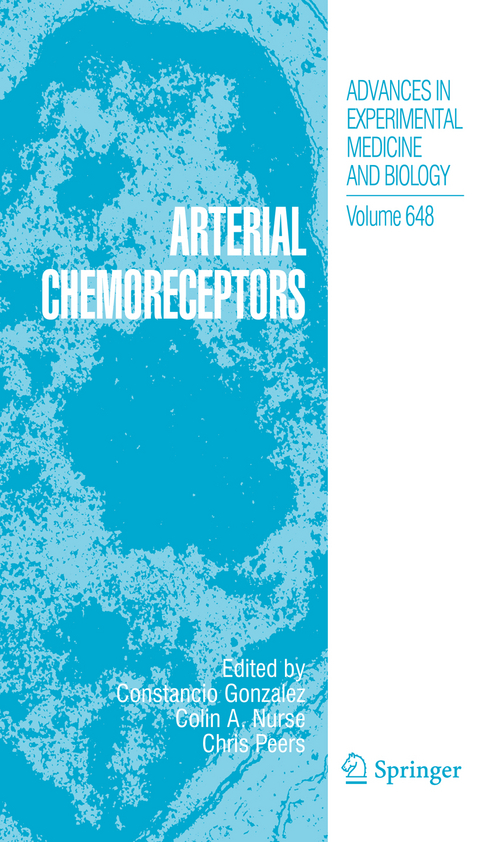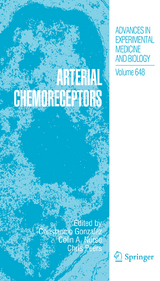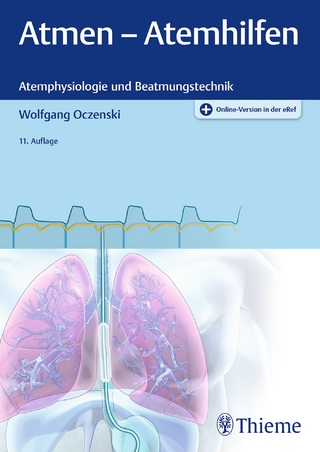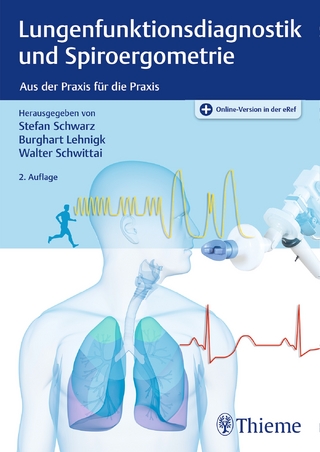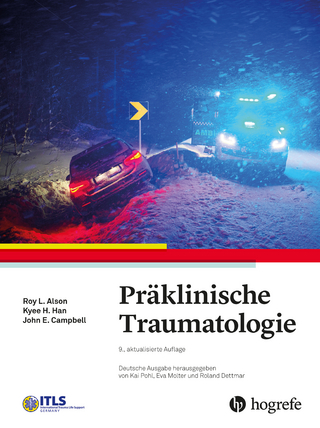Arterial Chemoreceptors
This volume contains the Proceedings of the XVIIth ISAC Meeting held in Valladolid, Spain, July 1-5, 2008. As such, it contains the most permanent records of the combined efforts of all attendants. The meeting was held at the School of Medicine of Valladolid, that had the privilege of a recent celebration. The celeb- tion was none other than its 600th anniversary, implying that all participants were surrounded by historical landmarks, from the historical building of the University, to the Museum of polychrome sculpture of Valladolid, to the Monastery of Clarisas in Tordesillas, to the beauty and charm of Salamanca. In this ambience we had three days of intense work, distributed in several oral sessions, preceded by plenary lectures given by our invited speakers who were kind enough to provide us with the latestprogressintheirspeci c elds. We also hadtimeallottedtoposterviewing. As regularattendantsto the XVIIth ISACMeeting, we want to expressourappreciation forthevaluablediscussionssurroundingeachposter,theenthusiasticpresentationof data, the comments of colleagues with suggestions for improvement, and the plans for collaborations that emerged from these discussions.
Needless to say that XVIIth ISAC Meeting was the fruit of many collabo- tive efforts. The Local Organizing Committee pro ted from the advice of several colleagues from around the world, namely, Prof. Chris Peers from Leeds, UK, Prof. Prem Kumar from Birmingham, UK, Prof. Nanduri Prabhakar from Chicago, USA, Prof. Colin Nurse from Hamilton, Canada, and Prof. Rodrigo Iturriaga from Santiago, Chile.
The Discovery of Sensory Nature of the Carotid Bodies – Invited Article.- Fifty Years of Progress in Carotid Body Physiology – Invited Article.- Carotid Body: New Stimuli and New Preparations – Invited Article.- Enzyme-Linked Acute Oxygen Sensing in Airway and Arterial Chemoreceptors – Invited Article.- Cysteine Residues in the C-terminal Tail of the Human BKCa? Subunit Are Important for Channel Sensitivity to Carbon Monoxide.- Modulation of O2 Sensitive K+ Channels by AMP-activated Protein Kinase.- Hydrogen Sulfide Inhibits Human BKCa Channels.- DPPX Modifies TEA Sensitivity of the Kv4 Channels in Rabbit Carotid Body Chemoreceptor Cells.- Sustained Hypoxia Enhances TASK-like Current Inhibition by Acute Hypoxia in Rat Carotid Body Type-I Cells.- Inhibition of L-Type Ca2+ Channels by Carbon Monoxide.- Effects of the Polyamine Spermine on Arterial Chemoreception.- RT-PCR and Pharmacological Analysis of L-and T-Type Calcium Channels in Rat Carotid Body.- Functional Characterization of Phosphodiesterases 4 in the Rat Carotid Body: Effect of Oxygen Concentrations.- Calcium Sensitivity for Hypoxia in PGNs with PC-12 Cells in Co-Culture.- Modification of Relative Gene Expression Ratio Obtained from Real Time qPCR with Whole Carotid Body by Using Mathematical Equations.- Neurotransmitters in Carotid Body Function: The Case of Dopamine – Invited Article.- Adenosine in Peripheral Chemoreception: New Insights into a Historically Overlooked Molecule – Invited Article.- The A2B-D2 Receptor Interaction that Controls Carotid Body Catecholamines Release Locates Between the Last Two Steps of Hypoxic Transduction Cascade.- Benzodiazepines and GABA-GABAA Receptor System in the Cat Carotid Body.- Evidence for Histamine as a New Modulator of Carotid Body Chemoreception.-Fluoresceinated Peanut Agglutinin (PNA) is a Marker for Live O2 Sensing Glomus Cells in Rat Carotid Body.- Neuroglobin in Aging Carotid Bodies.- Oxygen Sensing and the Activation of the Hypoxia Inducible Factor 1 (HIF-1)– Invited Article.- Upregulation of Erythropoietin and its Receptor Expression in the Rat Carotid Body During Chronic and Intermittent Hypoxia.- Iron Chelation and the Ventilatory Response to Hypoxia.- Systemic Effects Resulting from Carotid Body Stimulation–Invited Article.- Bicarbonate-Regulated Soluble Adenylyl Cyclase (sAC) mRNA Expression and Activity in Peripheral Chemoreceptors.- Developmental Maturation of Chemosensitivity to Hypoxia of Peripheral Arterial Chemoreceptors – Invited Article.- Physiological Carotid Body Denervation During Aging.- Does Ageing Modify Ventilatory Responses to Dopamine in Anaesthetised Rats Breathing Spontaneously?.- The Role of the Carotid Bodies in the Counter-Regulatory Response to Hypoglycemia.- The Respiratory Responses to the Combined Activation of the Muscle Metaboreflex and the Ventilatory Chemoreflex.- Cardiovascular Responses to Hyperoxic Withdrawal of Arterial Chemosensory Drive.- Time-Dependence of Hyperoxia-Induced Impairment in Peripheral Chemoreceptor Activity and Glomus Cell Calcium Response.- Long-Term Regulation of Carotid Body Function: Acclimatization and Adaptation – Invited Article.- Effects of Intermittent Hypoxia on Blood Gases Plasma Catecholamine and Blood Pressure.- Cardioventilatory Acclimatization Induced by Chronic Intermittent Hypoxia.- Ventilatory Drive Is Enhanced in Male and Female Rats Following Chronic Intermittent Hypoxia.- Contrasting Effects of Intermittent and Continuous Hypoxia on Low O2 Evoked Catecholamine Secretion from Neonatal Rat Chromaffin Cells.- HypoxicPulmonary Vasoconstriction – Invited Article.- Impact of Modulators of Mitochondrial ATP-Sensitive Potassium Channel (mitoKATP) on Hypoxic Pulmonary Vasoconstriction.- Oxygen Sensing in the Brain – Invited Article.- The Central Respiratory Chemoreceptor: Where Is It Located?–Invited Article.- Anatomical Architecture and Responses to Acidosis of a Novel Respiratory Neuron Group in the High Cervical Spinal Cord (HCRG) of the Neonatal Rat.- Systemic Inhibition of the Na+/H+ Exchanger Type 3 in Intact Rats Activates Brainstem Respiratory Regions.- Nitric Oxide in the Solitary Tract Nucleus (STn) Modulates Glucose Homeostasis and FOS-ir Expression After Carotid Chemoreceptor Stimulation.- Airway Receptors and Their Reflex Function – Invited Article.- Airway Chemosensitive Receptors in Vagus Nerve Perform Neuro-Immune Interaction for Lung-Brain Communication.- The Role of NOX2 and “Novel Oxidases” in Airway Chemoreceptor O2 Sensing.- Recruitment of GABAA Receptors in Chemoreceptor Pulmonary Neuroepithelial Bodies by Prenatal Nicotine Exposure in Monkey Lung.- Concluding Remarks.
| Erscheint lt. Verlag | 23.4.2009 |
|---|---|
| Reihe/Serie | Advances in Experimental Medicine and Biology ; 648 |
| Zusatzinfo | XXV, 455 p. |
| Verlagsort | Dordrecht |
| Sprache | englisch |
| Maße | 155 x 235 mm |
| Themenwelt | Medizinische Fachgebiete ► Innere Medizin ► Pneumologie |
| Studium ► 1. Studienabschnitt (Vorklinik) ► Physiologie | |
| Studium ► Querschnittsbereiche ► Klinische Umweltmedizin | |
| Naturwissenschaften ► Biologie ► Humanbiologie | |
| Naturwissenschaften ► Biologie ► Zoologie | |
| ISBN-10 | 90-481-2258-9 / 9048122589 |
| ISBN-13 | 978-90-481-2258-5 / 9789048122585 |
| Zustand | Neuware |
| Informationen gemäß Produktsicherheitsverordnung (GPSR) | |
| Haben Sie eine Frage zum Produkt? |
aus dem Bereich
